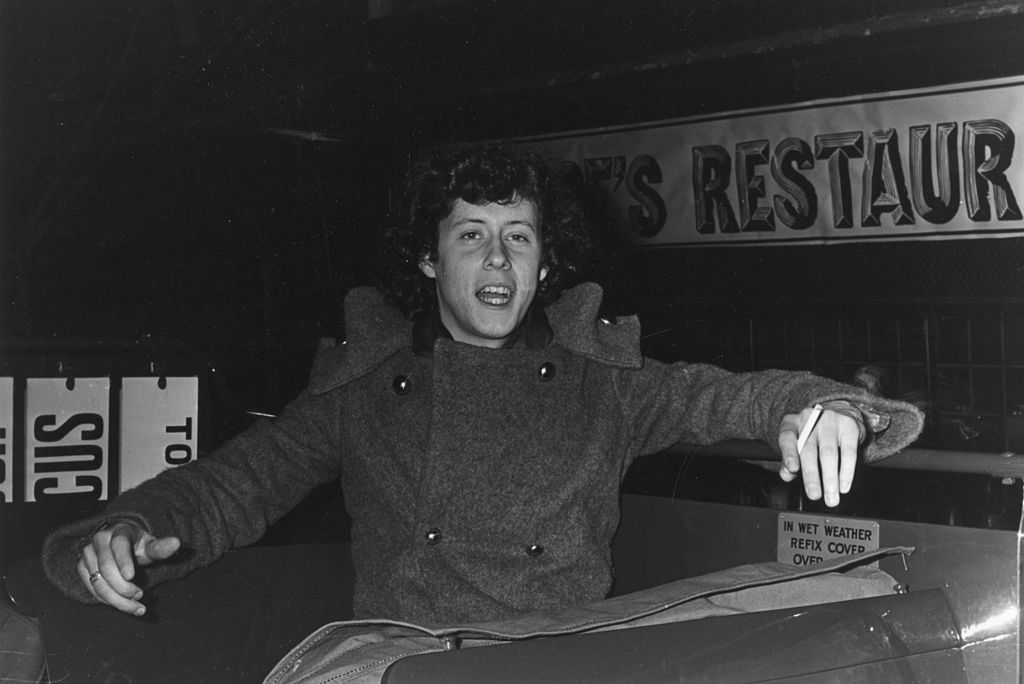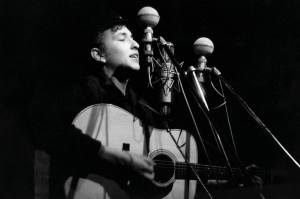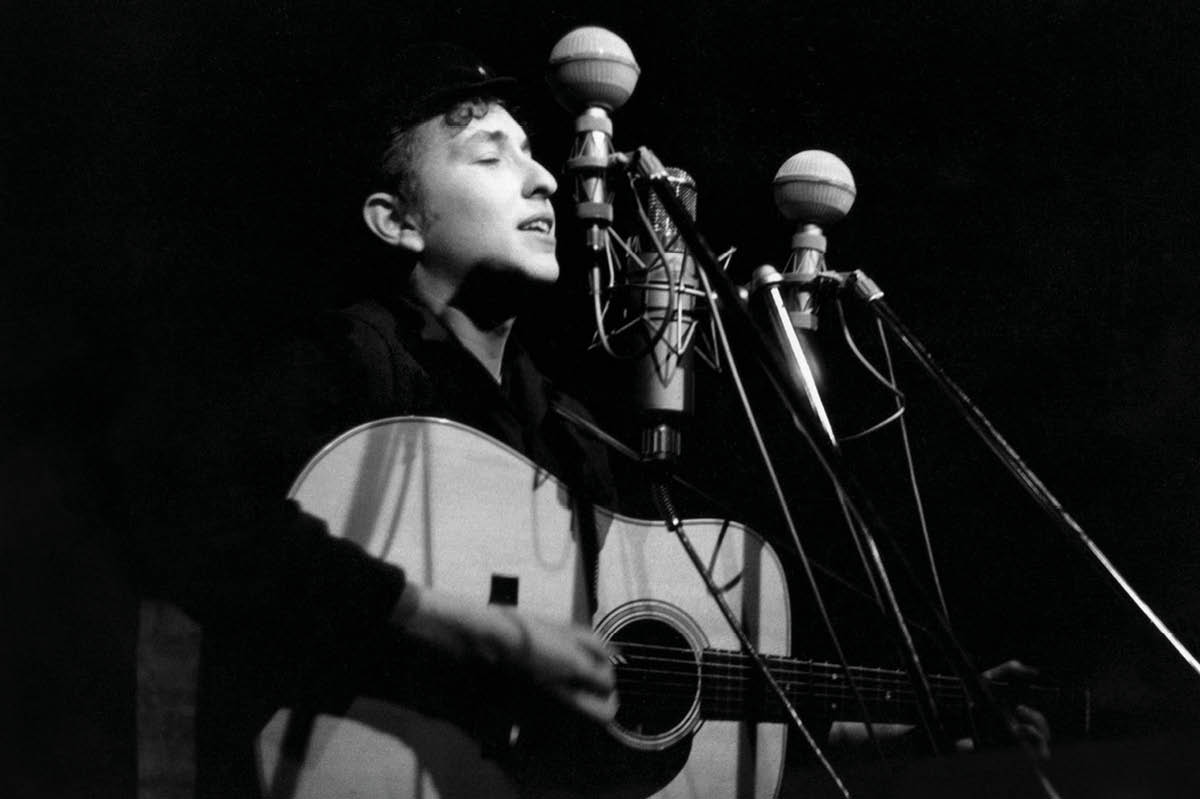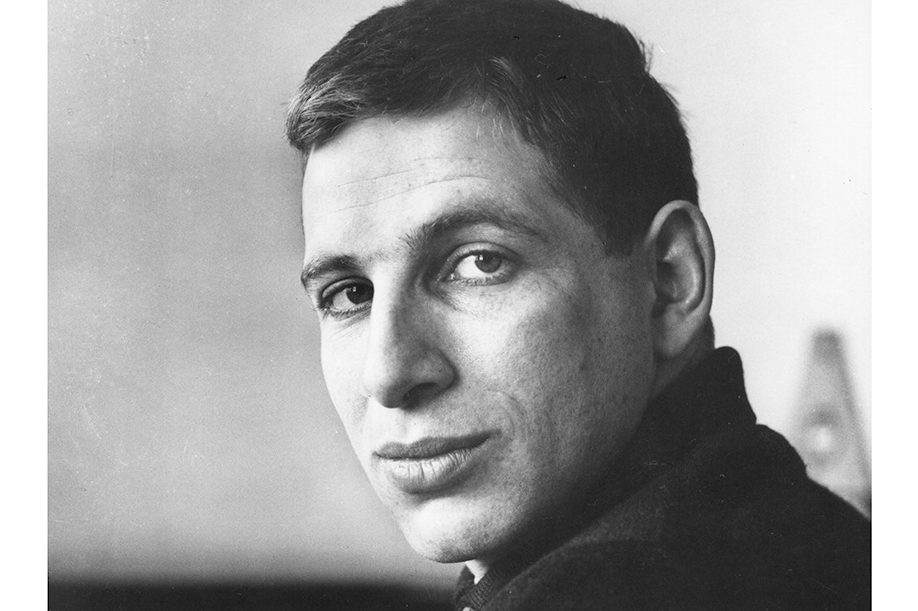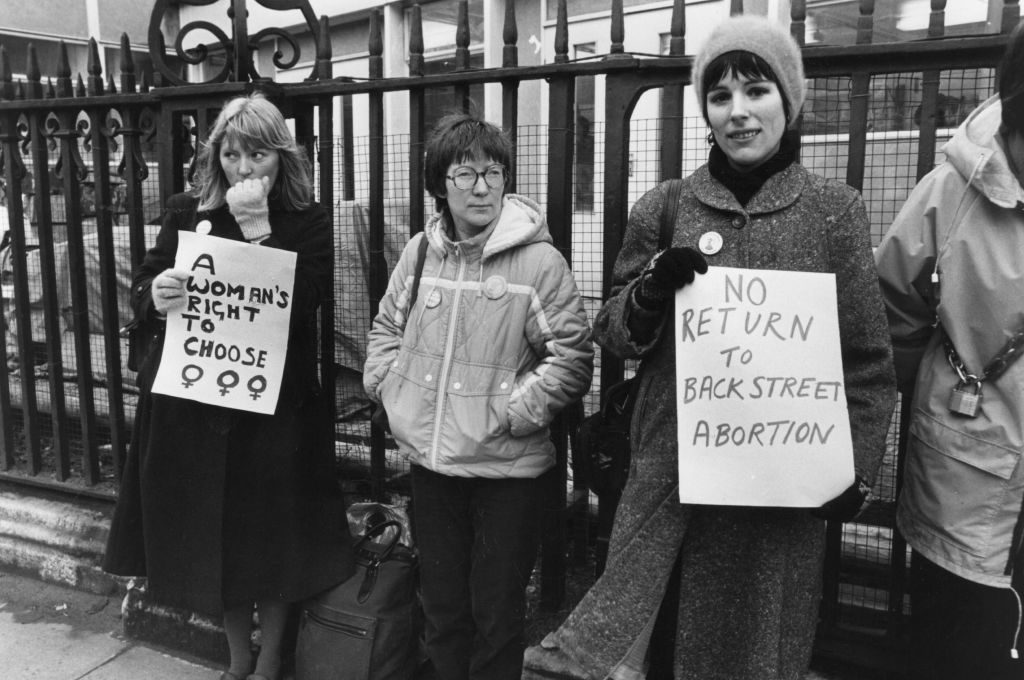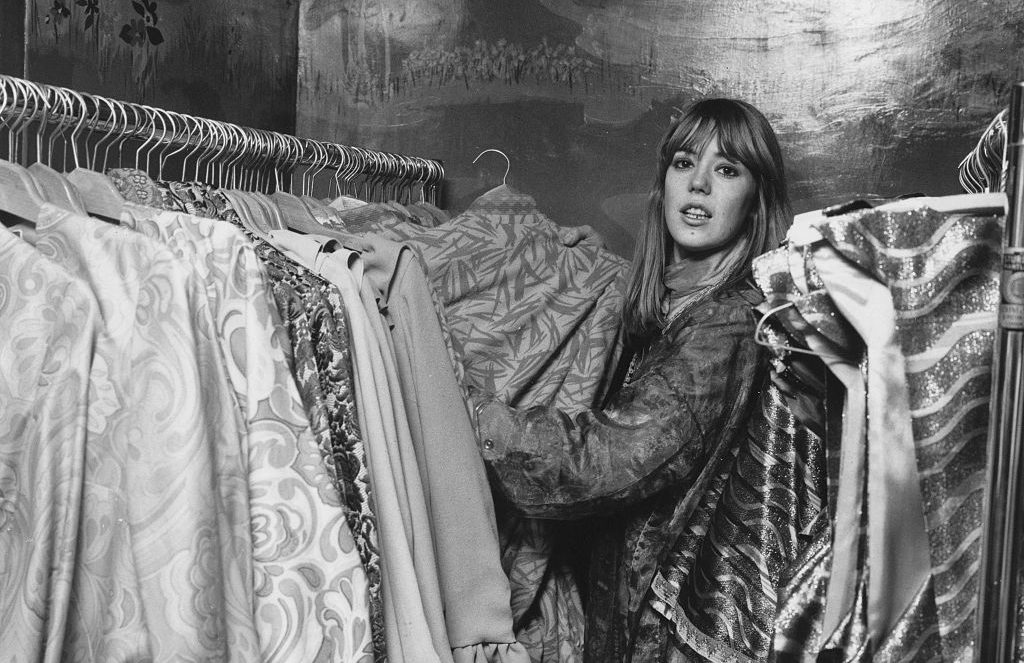Traditions are good. If you don’t have any for Thanksgiving — or if you’re severed by space and circumstance from the people with whom you do share traditions — you could do worse than “Alice’s Restaurant.” Radio stations across the country play Arlo Guthrie’s rambling, folksy, satirical, eighteen-minute 1967 anti-Vietnam ballad at noon sharp on Thanksgiving Day. Wherever you are, scan through your radio, and I’ll bet you’ll find it.
The song tells the (mostly) true story of eighteen-year-old Arlo, the son of folk legend Woody Guthrie, attending “a Thanksgiving dinner that couldn’t be beat” at a deconsecrated Episcopal church in Great Barrington, Massachusetts. Ray and Alice Brock, a hippy couple who taught at Arlo’s high school, own the church. Alice runs a restaurant in town (though, as Arlo notes, “‘Alice’s Restaurant’ is not the name of the restaurant; that’s just the name of the song”). The restaurant was called “The Back Room,” if you were wondering. It closed after less than a year.
After the dinner, Arlo volunteered to drive the garbage that had accumulated in the former sanctuary down to the local dump in his VW Microbus. Finding the dump closed for Thanksgiving, he threw the garbage over a cliff in neighboring Stockbridge. The police, with little else to do, treat the littering incident as the crime of the century. “They was taking plaster tire tracks, foot prints, dog-smelling prints,” Arlo tells us.
Unfortunately, the judge in the case turns out to be blind, and is therefore unable to look at the “twenty-seven eight-by-ten color glossy photographs with circles and arrows” the cops took at the scene. Arlo pleads guilty, pays a $50 fine, and picks up the garbage.
So much for part one. “But that’s not what I came to tell ya about,” Arlo informs us nearly eight minutes into the song. “Came to talk about the draft.”
Arlo then recounts his experience of getting a physical examination for the military draft. He initially tries to get out of it by feigning insanity. “Shrink, I wanna kill,” he tells the Army psychiatrist. “I mean, I wanna, I wanna kill. Kill. I wanna, I wanna see, I wanna see blood and gore and guts and veins in my teeth.” In response, “the sergeant came over, pinned a medal on me… said, ‘You’re our boy.’” It’s hilarious. Arlo’s delivery makes it even better.
In the end, he’s saved from the rice paddies of ’Nam when the authorities discover he has a criminal record. They lump Arlo, the convicted litterer, in with a menagerie of “mother rapers,” “father stabbers,” and even “father rapers.” Then they ask if he’s “rehabilitated” himself. Finally, after fourteen minutes, we arrive at the punchline.
“Sergeant, you got a lot a damn gall to ask me if I’ve rehabilitated myself,” Arlo says. “Cause you want to know if I’m moral enough join the Army, burn women, kids, houses, and villages after bein’ a litterbug.”
In the song’s final four minutes, he outlines a strategy to help others dodge the draft or even stop the war: walk into a shrink’s office, sing the chorus of the song (“You can get anything you want at Alice’s restaurant”), and walk out.
If, after finishing the song, you want to get deeper into “Alice’s Restaurant” lore, you’re in luck. In 1969, writer-director Arthur Penn, fresh off his success with Bonnie and Clyde, adapted the song into a feature film.
Penn seems bored with the actual song on which the film is based. He rushes through the song’s content in around 20 minutes, and the zany, slapstick way in which he presents the bumbling cops and bloodthirsty Army officers clashes with the rest of the movie. Where Arlo’s song is cheeky and effervescent, Penn’s movie is reflective, even elegiac.
“I wanted to show that the US is a country paralyzed by fear, that people were afraid of losing all they hold dear to them,” Penn said in an interview. “It’s the new generation that’s trying to save everything.”
Much of the film is just hippies doing hippie stuff. Like Easy Rider (which came out the same year) but with less ambition and weirdness.
Twenty-two-year-old Arlo (playing himself four years younger and looking impossibly effeminate doing it) gets thrown through a window by some small-town toughs who hate his long hair. He smokes dope and plays folk songs at dive bars. He bums around the church and goes to the local track to watch Ray’s motocross team race. There’s also a lot of free love stuff.
“I happen to dig botany,” one girl says.
“I happen to dig music,” Arlo responds. This serves as sufficient pretext for engaging in the marital act, and so into bed they hop.
Women don’t fare particularly well in this milieu, in which men’s liberation often comes at their expense. Roger Ebert, who gave the film four stars out of four, describes Alice as “an Earth Mother” who “folds lost souls to her bosom and tries for a transfusion of life force.” She does all the work at the restaurant while Ray swaggers around with the gaggle of hippie kids they’ve accumulated. In frustration, she sleeps with one of Ray’s riders and even runs away to New York and throws herself at Arlo, who declines.
Penn seems to sense all the brokenness here. More than anything else in the film, the old church seems to fascinate him. He devotes a lengthy scene to the deconsecration of the church. An actual clergyman plays the priest, who reads the actual secularization liturgy while the few remaining parishioners look on with dour faces. Those who sorrow at the loss of their church should “be comforted by the assurance that the presence of God and the consolation of our holy religion are not tied to any one building,” the priest says.
This is the question of the hippie era: isn’t God, like, *hits joint* everywhere, man? In other words, do we need the Church? Once we’ve asked that, the other questions follow. What about the state? The family? The old standards of morality and propriety? If we cast them off, could we just float up to heaven like helium balloons (to borrow an image from the film)?
The stakes were high. In 1969, churches were beginning to empty across America, rolling back the post-war revival. Meanwhile, a revolution was underway. Arlo visits his dying father several times in the film. Woody was a communist, but the songs of his that we hear are about an economic program for patriotic fruit pickers and factory workers and family men. As Arlo comes of age, the Marxism has turned cultural, Gramscian. Nothing will be spared.
“Go read King Lear to see the anarchy and wolfishness, the primitive regression that results from a sentimental deconstruction of social institutions,” Camille Paglia wrote after a large mainline denomination liberalized its stance on marriage in 1991. “Stormy nature, in our hearts and beyond the gates, is ready to consume us all.”
Ray gives the DIY search for transcendence his best shot. He and Alice renew their vows at the church, and all the town’s hippies are invited. Wine flows and weed wafts. The “minister” does a bawdy riff on the Anglican wedding liturgy and claims they’ve “reconsecrate[d]” the building.
But even after huffing the remaining fumes of Christianity, Ray still runs out of gas. As guests begin to leave, he staggers around, demanding that the musicians keep playing. You see the pain in Alice’s eyes as she tries to rein him in. She knows she’ll never be enough. He’ll be chasing this high forever. Sure enough, the real-life Ray and Alice finalized their divorce while Penn was filming the wedding.
The movie ends with Alice standing, alone and forlorn, on the church steps while Arlo drives off and Ray heads back inside to mingle with the last few lingerers. All the best works on the hippies seem to end this way. Orgiastic stab at the infinite followed by soul-crushing letdown. “You know Billy, we blew it,” Peter Fonda tells Dennis Hopper at the end of Easy Rider. “We blew it,” also happens to be the last line of Tom Wolfe’s The Electric Kool-Aid Acid Test.
You were right all along, boomers. You blew it.



